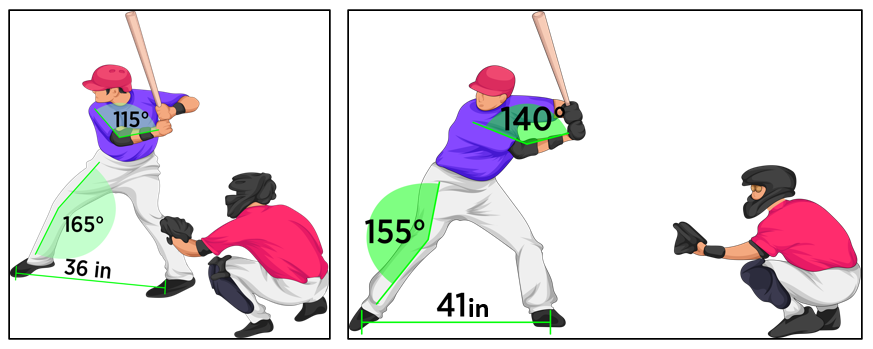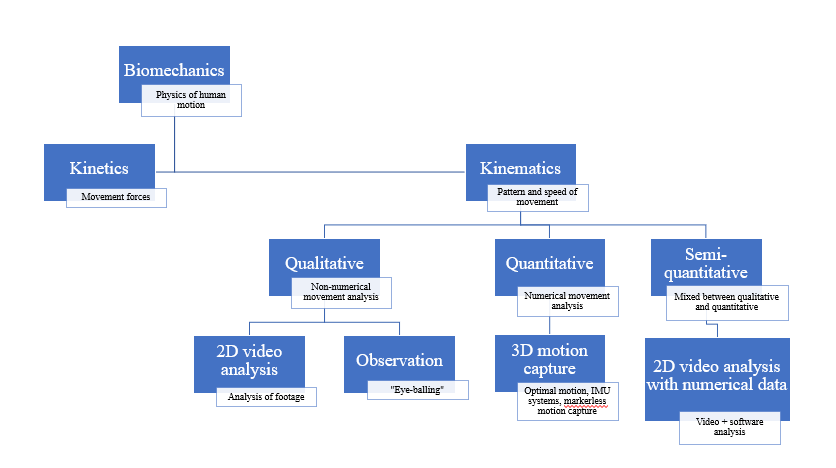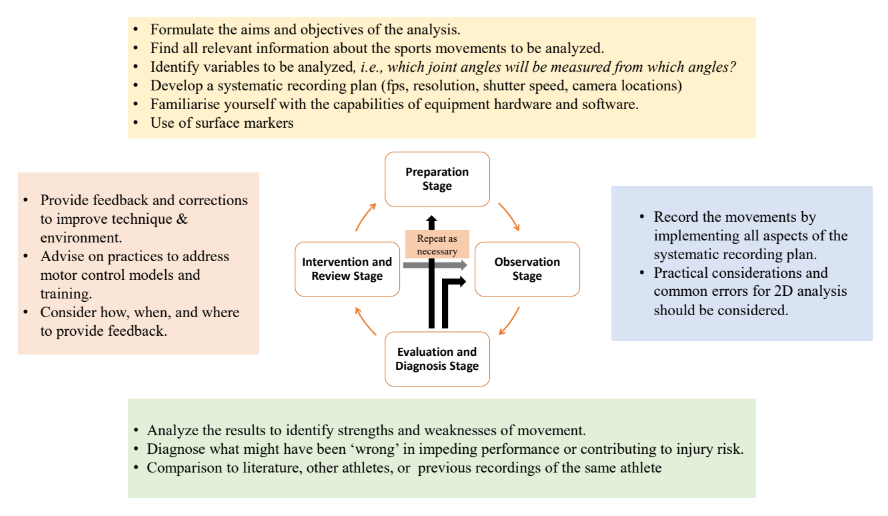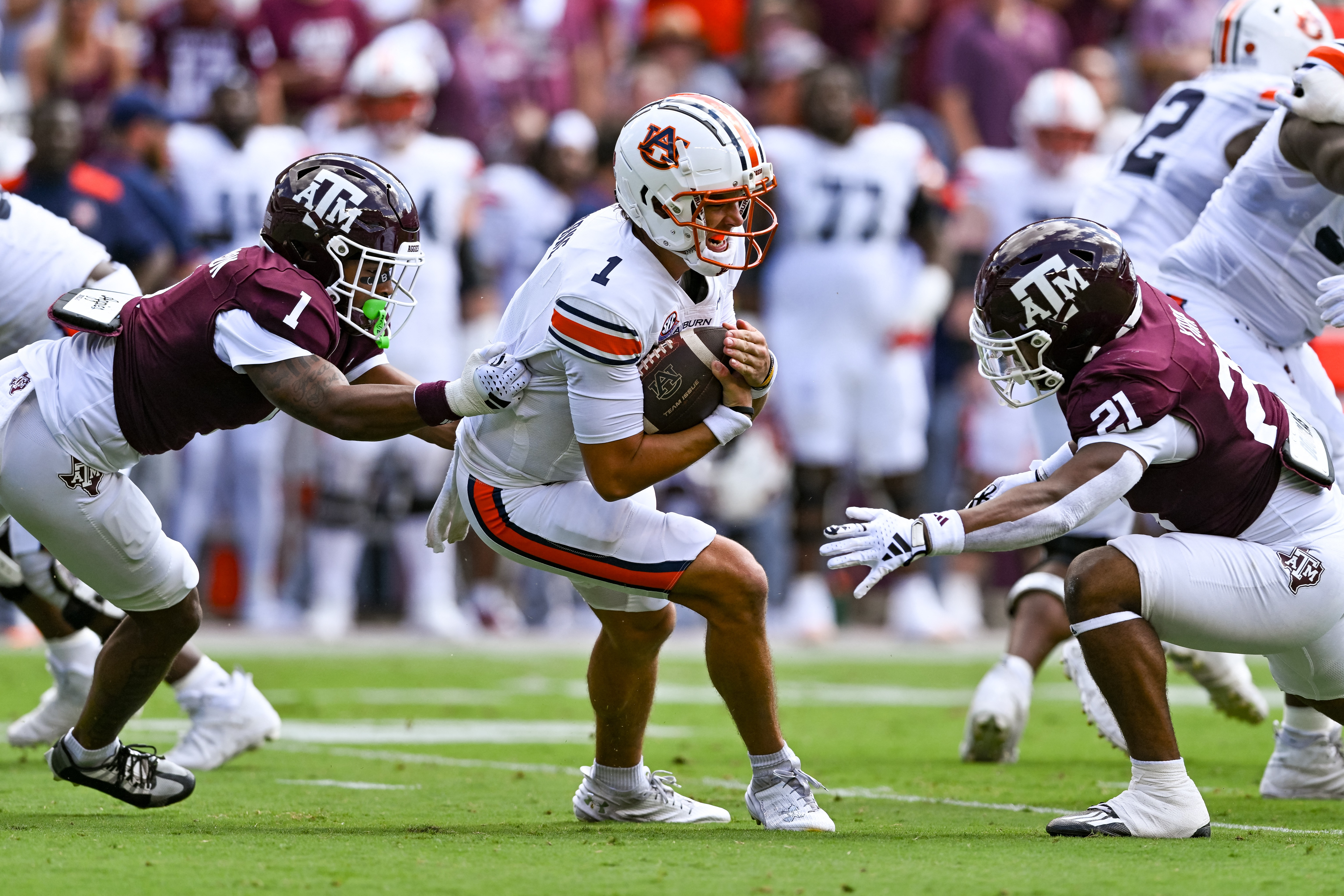You are viewing 1 of your 1 free articles
Kinematic Movement Analysis: Part One
Kinematic movement analysis can provide important information to coaches, conditioning, and medical professionals to improve athletes’ performance and mitigate movement-related injury risk factors. Candice MacMillan provides practitioners with tips on capturing 2D video footage accurately to allow meaningful movement analysis.
Los Angeles Angels third baseman Anthony Rendon grounds out during the fifth inning against the Los Angeles Dodgers at Dodger Stadium. Mandatory Credit: Kiyoshi Mio-USA TODAY Sports
Human observation and memory are not reliable enough to provide accurate and objective information on complex sports movements(1). Performance analysis can help by providing accurate performance data. Sports biomechanics provide information to coaches and athletes on sports skill techniques to assist them in achieving the highest level of athletic performance and mitigating movement-related injury risk factors(1–4). Kinematics, a branch of biomechanics, describes motion, including the pattern and speed of movement sequencing by a body segment, which often translates to the degree of coordination an athlete displays(1,3). Practitioners capture kinematic data using qualitative, quantitative, or semi-quantitative methods (see figure 1). Qualitative analysis describes and analyses movements non-numerically by “seeing” movements as patterns, while quantitative analysis describes and analyzes movement numerically. Semi-quantitative analysis fits in between and describes movement patterns with simple numerical measurements.
The ability to easily identify quantifiable kinematic risk factors for injury allows practitioners to intervene more effectively and enables them to educate athletes about sport-specific, at-risk positions(4,5). Laboratory-based 3D motion capture is the gold standard in evaluating kinematic risk factors(1,4). These systems are reliable and can accurately determine multi-planar and dimensional kinematics, including rotational forces across joints, but their clinical application is limited for several reasons (see table 1)(1,3,5). Two-dimensional video analysis is a potential solution to the challenges of 3D analyses as it is available for smartphones/tablets and requires little to no equipment or cost. However, less than 50% of physical therapists in the United States use video-based motion analysis in clinical practice, of which 91% use it for less than 25% of their caseload(5). Since compensatory or faulty movement patterns are known contributors to injury risk, movement analysis and subsequent interventions are essential in treating and preventing injury injuries. However, how clinicians capture the 2D footage will impact the meaningfulness of their conclusions and, consequently, the effectiveness of their interventions.
Table 1: Comparison between 2D and 3D motion analysis(3)
| 2D Analysis | 3D Analysis |
| It requires fewer cameras, therefore making it more straightforward and more cost-effective. | It involves more complex experimental procedures and equipment and is more expensive. |
| It is useful for movements in a single plane but cannot provide accurate information on motion outside of the chosen plane. | It can provide more comprehensive data on human movement because all planes can be analyzed. |
| Conceptually easier to relate to - good starting point for quantitative analysis, more coach-friendly. | It may introduce “data overload” that can be more difficult to relate to and use effectively. |
| Requires less data processing time. | Increased processing complexity associated with the reconstruction of 3-D coordinates. |
Movement Analysis: A Structured Approach
As qualitative and semi-qualitative biomechanical analysis is fully or partially subjective, biomechanists propose a four-task structured approach to create order from possible chaos (see figure 2)(2,6).
2D Video Analysis: Practical Tips and Common Errors
Camera position
Camera position depends on the specific joint angles of interest and the plane of motion in which they occur (see table 2). For movements in the sagittal, frontal, or transverse plane, cameras are placed on the side, in front/back, or above the athlete, respectively.
Table 2: Camera position for sprinting analysis
| Joint motions | Plane of movement | Camera position |
| Angle plantar/dorsiflexion, Knee, hip, trunk, neck, elbow flexion or extension. | Sagittal plane. |
On the side of the athlete. *If movement of the right limb is being captured, place the camera on the right and vice versa. |
| Lateral bend of the spine, ankle eversion/inversion, abduction/ adduction of the hip. | Frontal plane. | In front or back of the athlete. |
| Shoulder-pelvic girdle rotary oscillation. | Transverse plane. | Top of the athlete. |

Camera frame rate
Frame rate is the number of images recorded per second (Hz or fps). The higher the number, the more individual frames are being captured in one second of video and the smoother the footage. Sporting movements like walking, running, slower jumps and throws, and many gymnastics movements are captured at sampling rates of 60 FPS or 50Hz(3). Faster movements, such as baseball pitching or cricket fast bowling, are captured at frame rates as high as 250 FPS. If the frame rate is not high enough, essential aspects of the movement can be missed. Aliasing is undesirable when the movement frequency, i.e., input frequency, is greater than half of the sampling frequency, resulting in high-frequency movements being observed at a lower, aliased frequency. Therefore, the chosen frame rate should be at least double that of the movement frequency. It is important to note that resolution will decrease as the frame rate increases. Depending on the version of modern phones, the camera apps can capture between 30 and 60 FPS on the HD setting and either 120 or 240 FPS on the slow motion setting.
Shutter speed
Shutter speed is the time for which a camera’s shutter is open at a given setting, i.e., the amount of time the camera’s sensor is exposed to light(3). Images will blur if the shutter speed is too slow; if it is too fast, images may be too dark (see figure 4). Practitioners should ensure that the shutter speed is double the frame rate. For example, at a preferred 60 FPS, the shutter speed should be set at 1/120th. Higher frame rates and shutter speeds allow more detail to be captured, especially when reviewing footage in slow motion.
Conclusion
Coaches, conditioning and medical professionals, and biomechanists perform motion analysis to improve athletes’ overall performance and mitigate injury risk or re-injury by improving the quality of movement(1). Although not as accurate and comprehensive as 3D motion analysis, practitioners prefer 2D video capture as it is cost-effective, user-friendly, and can yield useful insights into athletes’ movement patterns. The accuracy of the results is highly dependent on the accuracy of the 2D video capture methods. Although not as user-friendly, optical motion capture (using light reflective marker or inertial measurement unit systems) methods are more accurate. The utility of these systems will be explained in part two.
References
1. Am J Sports Sci Med. 2020;8(2)
2. Qualitative Analysis of Human Movement
3. Introduction to Sports Biomechanics: Analysing Human Movement Patterns. Second edition. Routledge, Taylor & Francis Group; 2007
4. Int J Sports Phys Ther. 2017;12(2):163-172
5. Phys Ther. 2020;100(10):1759-1770
6. Sports Biomech. 2007;6(1):109-118
Newsletter Sign Up
Subscriber Testimonials
Dr. Alexandra Fandetti-Robin, Back & Body Chiropractic
Elspeth Cowell MSCh DpodM SRCh HCPC reg
William Hunter, Nuffield Health
Newsletter Sign Up
Coaches Testimonials
Dr. Alexandra Fandetti-Robin, Back & Body Chiropractic
Elspeth Cowell MSCh DpodM SRCh HCPC reg
William Hunter, Nuffield Health
Be at the leading edge of sports injury management
Our international team of qualified experts (see above) spend hours poring over scores of technical journals and medical papers that even the most interested professionals don't have time to read.
For 17 years, we've helped hard-working physiotherapists and sports professionals like you, overwhelmed by the vast amount of new research, bring science to their treatment. Sports Injury Bulletin is the ideal resource for practitioners too busy to cull through all the monthly journals to find meaningful and applicable studies.
*includes 3 coaching manuals
Get Inspired
All the latest techniques and approaches
Sports Injury Bulletin brings together a worldwide panel of experts – including physiotherapists, doctors, researchers and sports scientists. Together we deliver everything you need to help your clients avoid – or recover as quickly as possible from – injuries.
We strip away the scientific jargon and deliver you easy-to-follow training exercises, nutrition tips, psychological strategies and recovery programmes and exercises in plain English.














